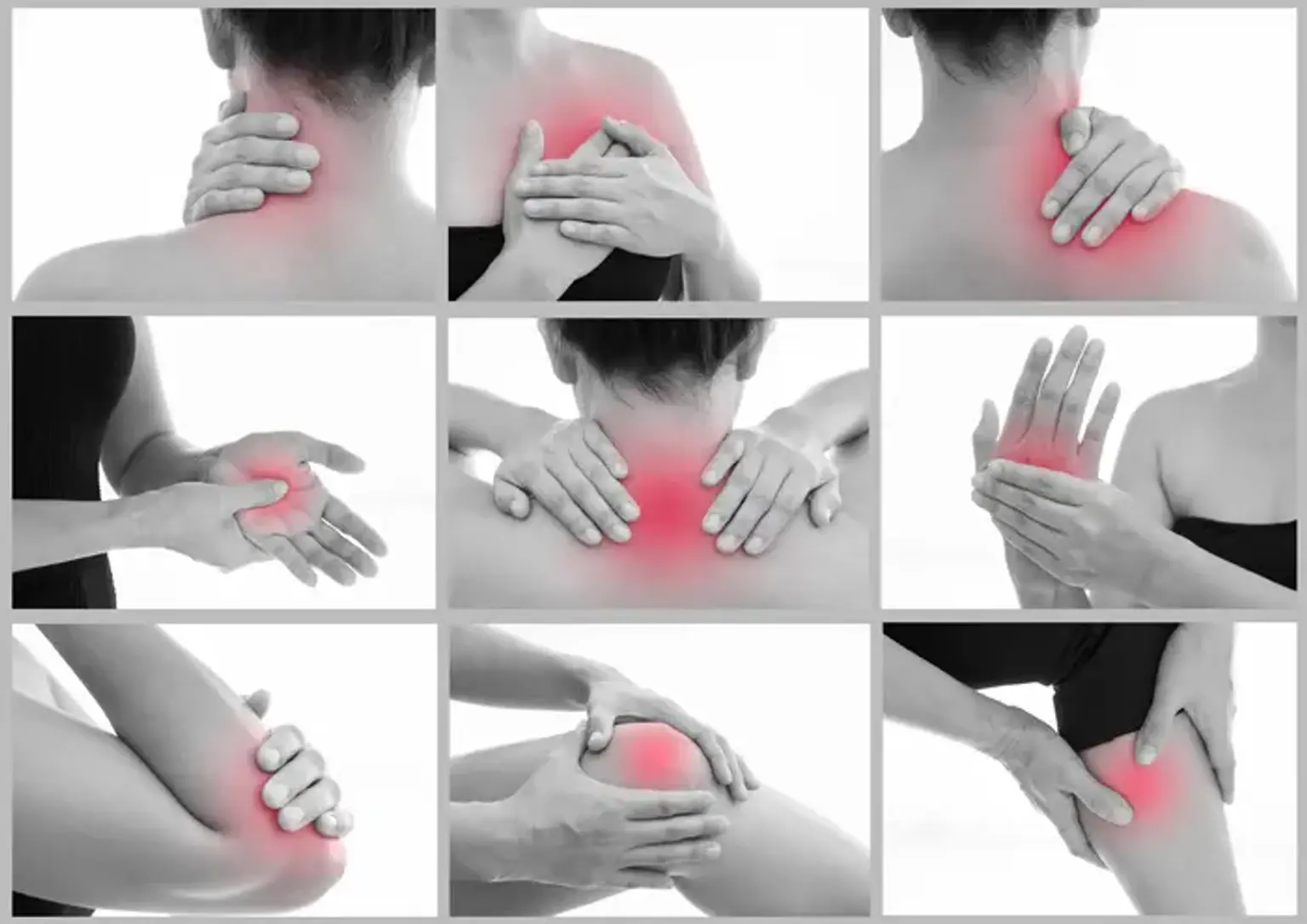Introduction
Musculoskeletal pain refers to discomfort or injury involving the muscles, bones, joints, tendons, and ligaments. It can range from acute pain, such as a sprain or strain, to chronic pain conditions like arthritis. This type of pain can severely affect mobility and quality of life, making effective management crucial for individuals.
Globally, musculoskeletal disorders are among the leading causes of disability, with conditions such as osteoarthritis, back pain, and tendonitis affecting millions. Pain management is essential in helping people cope with daily tasks, enhance their overall well-being, and improve functional outcomes.
Common Musculoskeletal Disorders and Their Pain
Osteoarthritis (OA): OA is the most common type of arthritis, where the cartilage in joints wears down over time. This causes stiffness, swelling, and pain, particularly in weight-bearing joints like the knees, hips, and spine. OA pain is often worse after activity or at the end of the day.
Rheumatoid Arthritis (RA): Unlike OA, RA is an autoimmune disease that causes inflammation in the joints, leading to pain and deformities. RA can affect multiple joints symmetrically, often impacting the wrists, knees, and hands. Managing RA involves controlling inflammation through medication and therapy.
Sciatica and Lower Back Pain: Sciatica refers to pain radiating along the sciatic nerve, typically due to a herniated disc or spinal stenosis. The pain can shoot down the leg, causing numbness or weakness. Effective treatment includes physical therapy, pain medications, and sometimes surgical intervention for severe cases.
Tendinitis and Bursitis: Tendinitis occurs when a tendon becomes inflamed, often due to repetitive motion, leading to pain in the affected area. Bursitis is the inflammation of the bursae, the small fluid-filled sacs that cushion joints. Both conditions can be managed through rest, ice, and anti-inflammatory medications.
Traditional Pain Management Methods
Medications: Pain relief typically starts with medications, which vary based on the severity of the pain. Over-the-counter options like acetaminophen or NSAIDs (e.g., ibuprofen) are common for mild pain. For more intense pain, prescription drugs such as opioids may be used, but they are generally reserved for short-term use due to risks of dependency.
